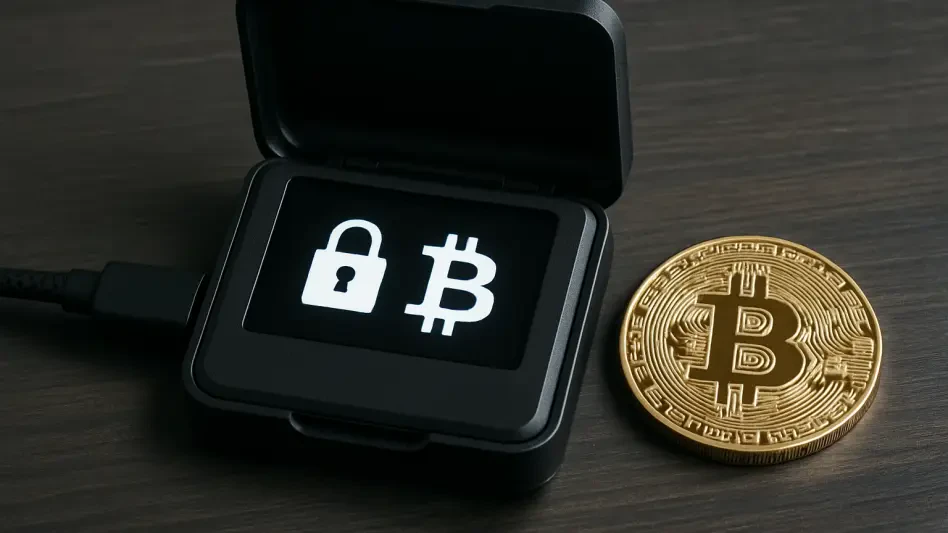A recently uncovered phishing campaign has successfully spoofed Google’s email systems by skillfully reusing legitimate Digital Key Identifiers Mail (DKIM) signatures and exploiting the OAuth application framework. This malicious strategy has enabled attackers to send authentic-looking phishing emails, tricking recipients into compromising their Google accounts.
Clever Manipulation of OAuth and DKIM
At the heart of this deceptive campaign is the manipulation of Google’s OAuth application framework. The attackers ingeniously created Google OAuth apps embedding phishing content, such as fake subpoena notices, directly into the app’s name field. These crafted notices aimed to deceive recipients into unwittingly providing sensitive information. When permissions were granted for these OAuth apps, particularly through domains registered via Namecheap and verified with Google Workspace, Google automatically generated security notification emails. These notifications, sent from the legitimate [email protected] address, contained the attacker-crafted content as part of the app name field.
The system then signed these notifications using Google’s DKIM signature (d=accounts.google.com) along with a specific key identifier (s=). Once attackers obtained these signed emails, they ensured that the signed headers and body content remained unchanged, leveraging DKIM to maintain email integrity. This scheme played a pivotal role, as DKIM helps verify that sections of an email remain unaltered since being signed by the sender’s domain. The attackers utilized DKIM, which depends on a public key in the sender domain’s DNS corresponding to the private key used for signing, thereby establishing authenticity.
Utilizing third-party mail infrastructure was another critical step. By employing systems such as Microsoft’s Outlook.com and Namecheap’s PrivateEmail forwarding service, the attackers effectively relayed the captured, signed Google emails. The sporadic use of third-party services ensured avoiding detection while propagating the phishing emails. For instance, EasyDMARC reproduced the attack by setting up forwarding rules that permitted customization of the From: header while relaying the original Google email, thereby further maintaining the illusion of authenticity.
Authentication Bypass Tactics
The preserved validity of Google’s DKIM signature lent the emails an air of legitimacy, enabling them to pass through DKIM and Domain-based Message Authentication, Reporting, and Conformance (DMARC) checks successfully. Since receiving mail systems, including Gmail, conducted DKIM verifications based on the untouched authentic signature from accounts.google.com, the emails were treated as valid. Consequently, by bypassing DMARC policies that depend on aligned DKIM or SPF passes to prevent spoofing, attackers efficiently reached targets’ inboxes.
Further amplifying their scheme, the attackers used Google Sites to host a credential-harvesting form. This deceit involved creating a webpage featuring the form under a google.com domain, which provided a false but convincing layer of legitimacy. Despite not being an official Google login page, the familiar domain name reduced users’ caution, making phishing attempts more believable. Consequently, individuals might have unwittingly entered their credentials into the phishing form, thereby compromising their accounts.
Exploiting Trusted Systems and Standards
The success of this phishing campaign underscores a broader trend of exploiting trusted systems and widely recognized standards, like OAuth and DKIM, to deceive users. The attackers’ adeptness in manipulating Google’s infrastructure to create and forward signed emails illustrates the increasing sophistication of modern phishing tactics. By leveraging reputable platforms, such as Gmail and Outlook.com, attackers demonstrated their capability to bypass established security systems, presenting a formidable challenge to cybersecurity defenses.
This campaign reveals the growing complexity of phishing attacks and their reliance on exploiting the inherent trust users place in established systems. Employing secure platforms to propagate phishing emails allowed attackers to craft messages that appeared exceptionally legitimate, thereby enhancing the likelihood of recipients unknowingly compromising their data. Such advanced methods spotlight the necessity for continuous vigilance and adherence to robust security practices to mitigate these emerging threats.
Google’s Response and Security Implications
In the aftermath of the phishing campaign’s discovery, Google initially indicated that the system functioned as intended, highlighting the challenges inherent in reactive security measures. However, mounting public concern and the clear security implications of this exploit led Google to recognize the campaign attributed to the Rockfoils threat actor. In response, the company implemented mitigations and began developing fixes to address the specific vector of OAuth exploitation utilized by the attackers.
Google’s acknowledgment of the campaign and subsequent security measures underscore the importance of adaptive defenses in the face of evolving threats. The incident calls attention to the need for ongoing scrutiny of integrated application functions and their potential vulnerabilities. Implementing rigorous verification processes and monitoring for signs of exploitation are critical steps toward fortifying defenses against such sophisticated phishing strategies.
Important Lessons and Future Security Concerns
A recently uncovered phishing campaign has managed to spoof Google’s email systems by cleverly reusing legitimate Digital Key Identifiers Mail (DKIM) signatures, on top of exploiting the OAuth application framework. This tactic allowed attackers to send phishing emails that appeared highly authentic and credible to unsuspecting users. By doing so, they were able to deceive recipients and lead them into compromising their Google accounts. This malicious strategy not only demonstrates the sophistication and ingenuity of modern cyber threats but also highlights the vulnerabilities that remain within even the most trusted and widely used digital platforms. This incident serves as a stark reminder for users to remain vigilant and exercise caution when handling emails that may seem genuine but could harbor malicious intent. It is crucial for individuals and organizations alike to employ robust security measures, including multifactor authentication and security awareness training, to counteract such sophisticated phishing efforts and safeguard sensitive information.








